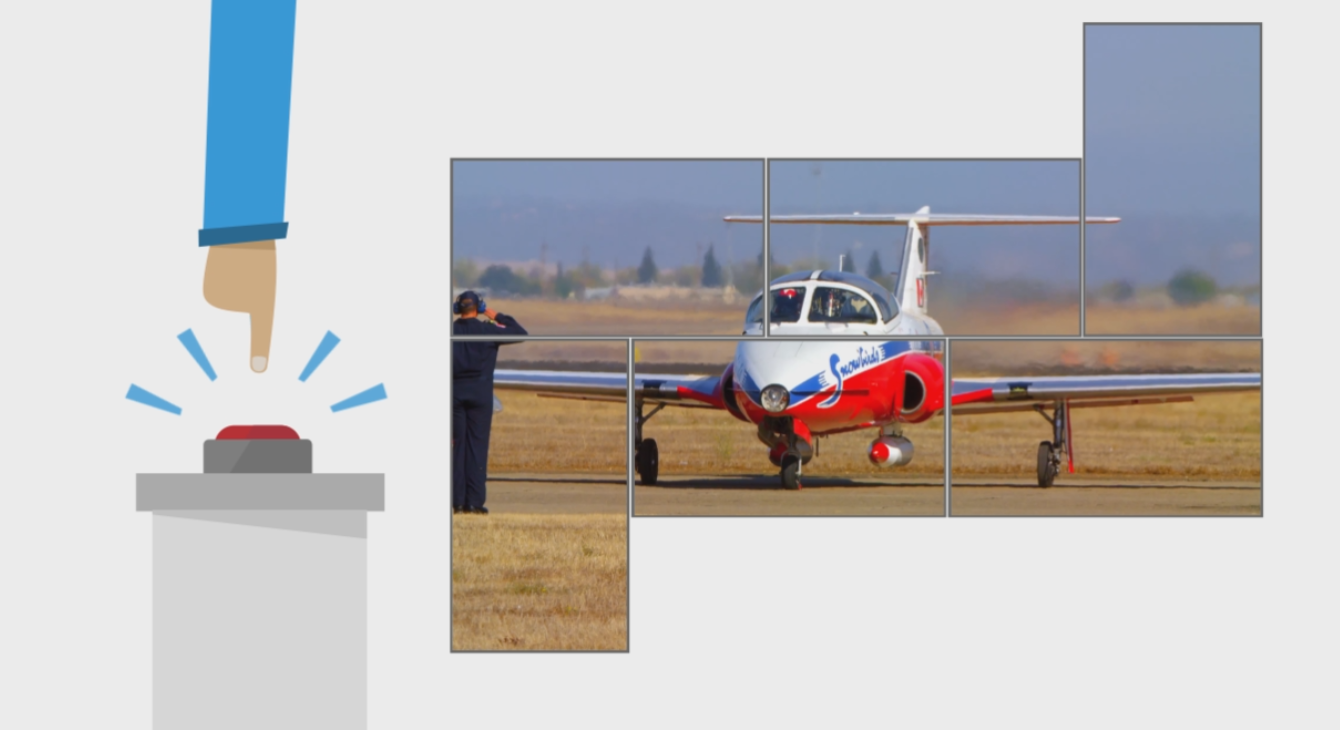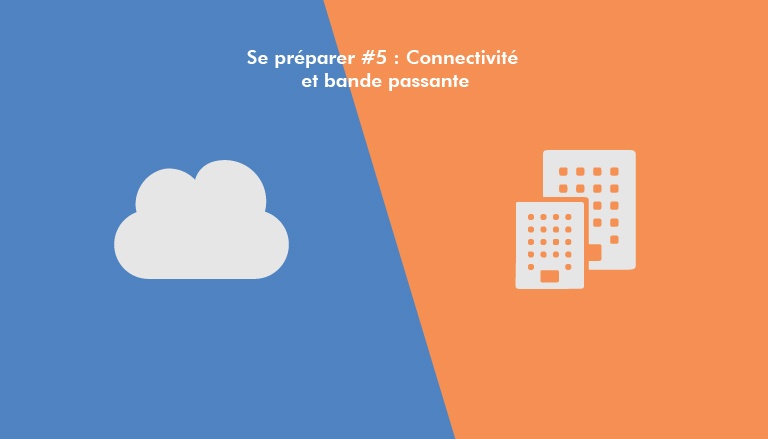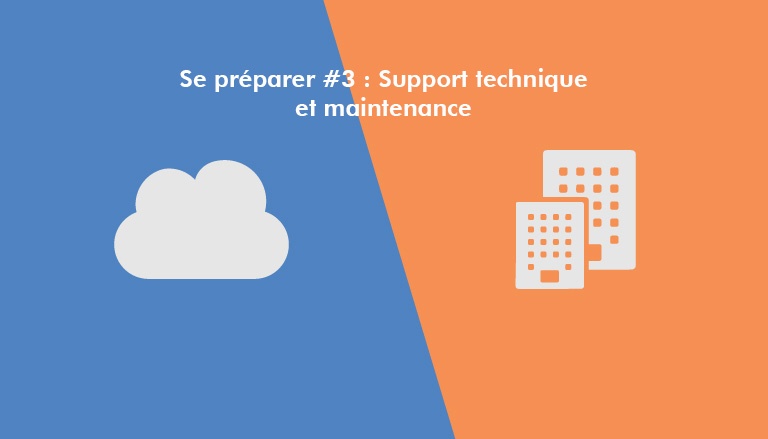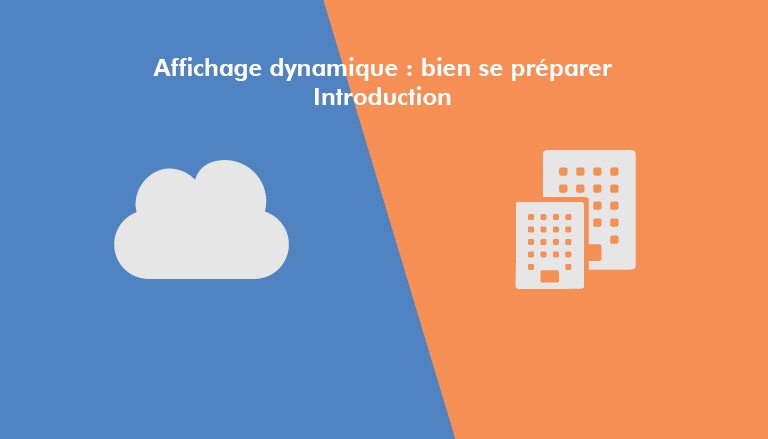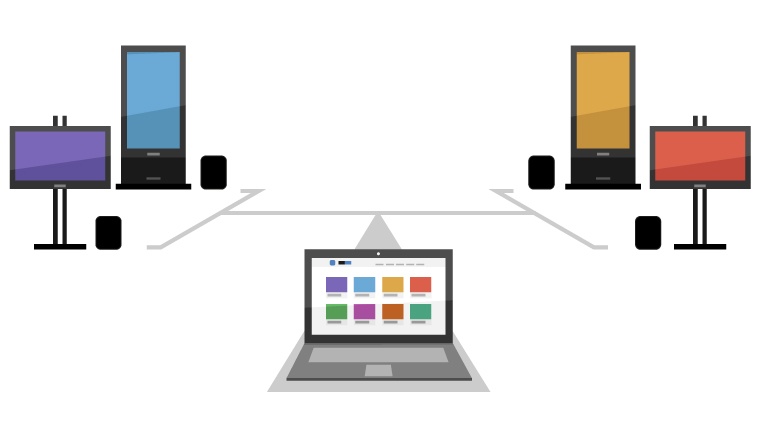Businesses that have embarked upon their digital transformation have seen a staggering increase in the quantity of digital content they use. According to a recent Archimag study, 16% of businesses in France have multimedia assets containing several thousands of photos (and 28% have several thousand videos). The internal sharing and management of those assets have thus become a real challenge, even more so for multi-site businesses looking to decentralize their communications, while maintaining homogeneity and control over their brand image.
So nowadays, marketing departments are turning to Digital Asset Management solutions that enable effective management of the production, storage, sharing, and broadcasting of media within the business. They also bring the possibility of opening up different levels of user and access rights for workers.
Digital Asset Management (DAM)
According to Gartner, nearly 79% of marketing departments have deployed or plan to deploy a DAM solution. Such technologies enable all marketing assets (images, videos, presentations, documents, logos, templates, etc.) to be stored in a single secure place. They can then be used by the different teams to create and circulate content.
Initially developed more than 25 years ago for businesses in the media and publishing sectors, these technologies have never been more popular among businesses, particularly those established across multiple locations with multiple workers responsible for rolling out an omnichannel strategy.
What is the best DAM for a multi-site business?
Unified communication, time saved in identifying and creating content, simplified access management, more effective teamwork… The advantages of Digital Access Management platforms are manifold. In practical terms, they allow:
- All workers to refer to the same content. If a file is modified by one manager, it will be updated in real-time for everyone. The company’s brand image identity is safeguarded, even if multiple people need to circulate content externally. The amount of time saved is also considerable, leading to higher productivity.
- Unified access management: it is possible to open up different creation and access rights over the content for workers from a single platform. Resources that can be shared internally are circulated at the right time to the right person. Team productivity and the collaborative side of their work are facilitated.
- Simplified document searches: a Digital Access Management platform will offer users a fully secure space that can be accessed at any time, no matter where they are. In addition, these technologies also offer the advantage of simplifying searches of digital assets using tags, categories, descriptions etc. Marketing teams can lay their hands on the right document more easily.
- Connectivity to different communication channels: DAM platforms, through their APIs, can supply content to different marketing channels (website, blog, social networks, digital signage solutions etc.). An excellent lever for supporting a company’s omnichannel strategy in its communications.
DAM or storage space: how do you choose?
As an alternative to Digital Asset Management solutions, storage spaces such as Google Drive, OneDrive or DropBox offer less refined capabilities. DAM solutions are really seen as true digital libraries, facilitating the identification and sharing of files.
For smaller organizations, with more modest creation and distribution needs, the more traditional storage spaces may be enough. However, it would be preferable to equip yourself with a DAM platform when faced with a growing volume of media content to create, distribute and manage across teams where multiple workers are involved over different sites. This technology will save you hours of telephone calls, emails, and messages when creating and distributing content, and stop you from using obsolete or non-conforming assets.
DAM, cloud storage, and digital signage software: what connections are possible?
Being able to connect your digital signage software to your DAM or Cloud storage space (Google Drive, OneDrive, DropBox, etc.) brings many advantages for screen communication. For example, you can access the right media straight away with the appropriate user rights. That content can also be easily identified and used directly by the different marketing teams spread across different sites.
The use of a DAM platform allows you to create, share and circulate content more quickly and more easily, so it can be fully utilized as a part of screen communication. All that remains is to identify your requirements, and select the most suitable solution from among the technologies available on the market: Pimcore, Adobe Experience Manager, Celum, Wedia, Cloudinary, Widen, etc.
***
Cenareo helps you accelerate your digital transformation by optimizing the broadcasting of your screen campaigns and your connectivity using content management solutions. The Cenareo solution connects to DAM and Cloud Storage to reduce the risk of broadcasting unsuitable content. By giving a content library accessible to everyone who needs to communicate, the solution ensures your brand image is upheld.



